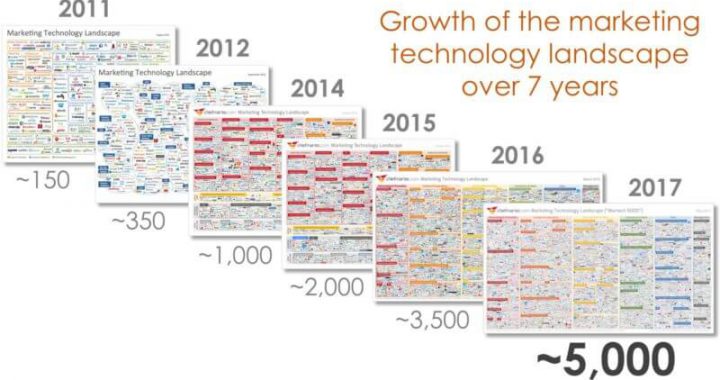In an April ruling, the California Supreme Court significantly raised the bar that companies must meet to classify workers as independent – aka freelance – and not as employees.
What’s driving this? Money of course.
Money in the form of lost revenue to state and federal coffers, and in benefits “denied” to freelancers.
Freelancers have long been the backbone of the advertising industry as agencies worry about margins while trying to meet the demands of clients and new business opportunities that ebb and flow on a weekly basis. Between 2005 and 2015, the number of workers classified as freelancers rose more than 50 percent, accelerated by the 2008 recession and changes in worker attitudes about their work-life choices.
There certainly has been abuse, which gave rise to the term permalancer as agencies denied employment opportunities when there was clearly a sustainable need. We even know a few permalancers that rotated between a couple of NYC agencies every 4-6 months just so the agencies could avoid having to classify them as employees.
In these instances, however, those permalancers were paid through payroll as temporary help and all taxes were collected as though they were real employees. What they were denied was vacation and sick time benefits as well as access to agency 401k programs.
But what of all those gig economy predictions, whereby temporary positions for short term assignments are offered by companies to independent workers, would become the new normal? A study by Intuit predicts that by 2020, independent contractors will comprise 40 percent of the workforce.
Between clients squeezing agencies on pricing and increasing government scrutiny of worker classifications, agencies and clients may need to rethink their remuneration as well as staffing practices.
Some agencies have already turned to using staffing companies that take care of payroll matters while supplying temporary creative, production and even account management help. The challenge though is getting top talent to work through these temp agencies that can skim anywhere from 10 to 33 percent of the worker’s wage – and that’s before covering the payroll taxes.
Another solution is to directly hire top freelance talent as temporary employees for clearly defined short terms assignments, paid through payroll, and then released when the assignment is over.
While the right solution may not be a lasting one, it’s clear that agencies as well as marketers with inhouse studios need to work with their human resources and legal teams to find a solution that heads off potential legal battles while attracting top talent that just don’t want or need a full time permanent job.
After all, your state could be next.
Bajkowski + Partners LLC is a leading consultancy providing services to marketing and procurement teams in the areas of agency relationship management, agency search, process audits, contract and SOW development and audits, and a number of other marketing resource and marketing operations related areas. For more information, please visit our website.





